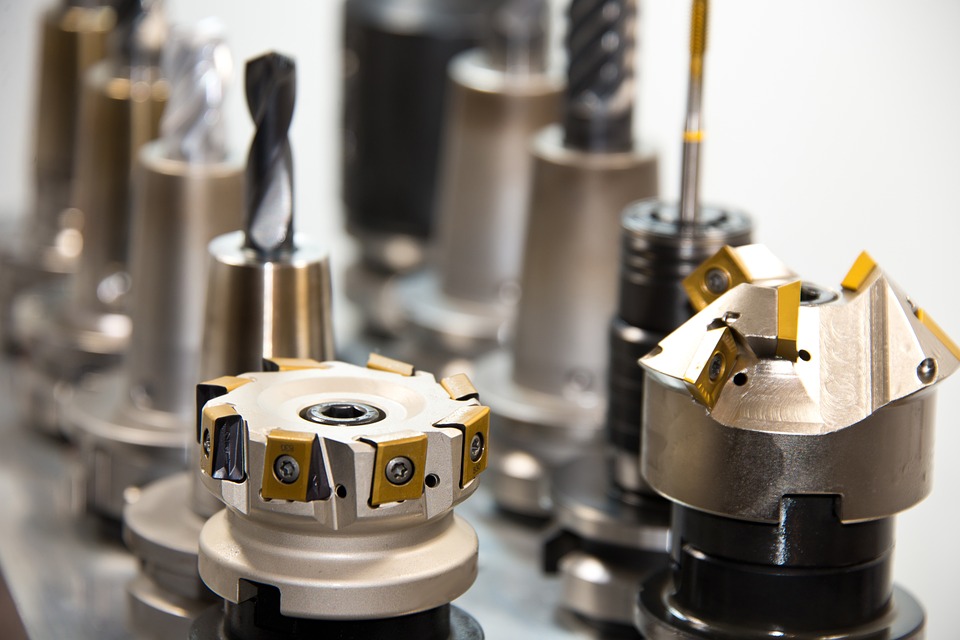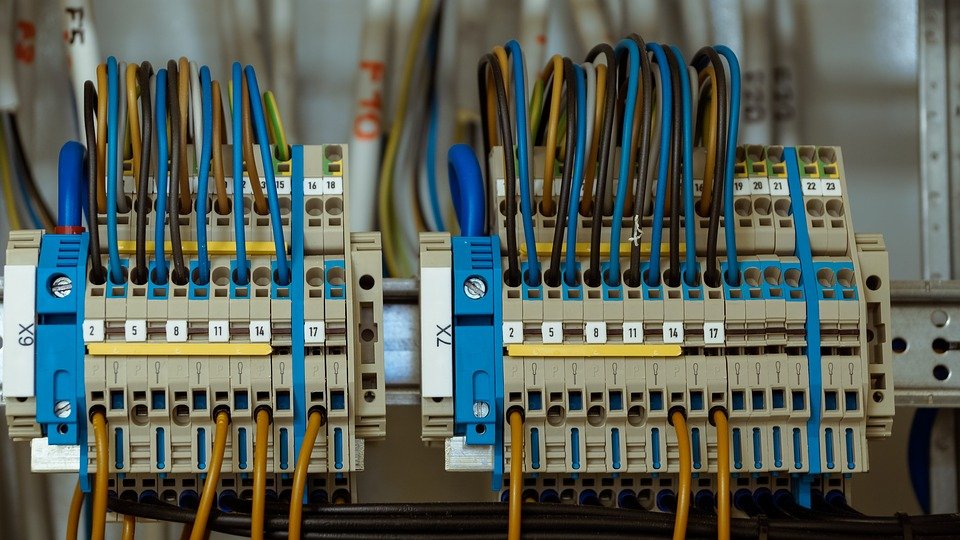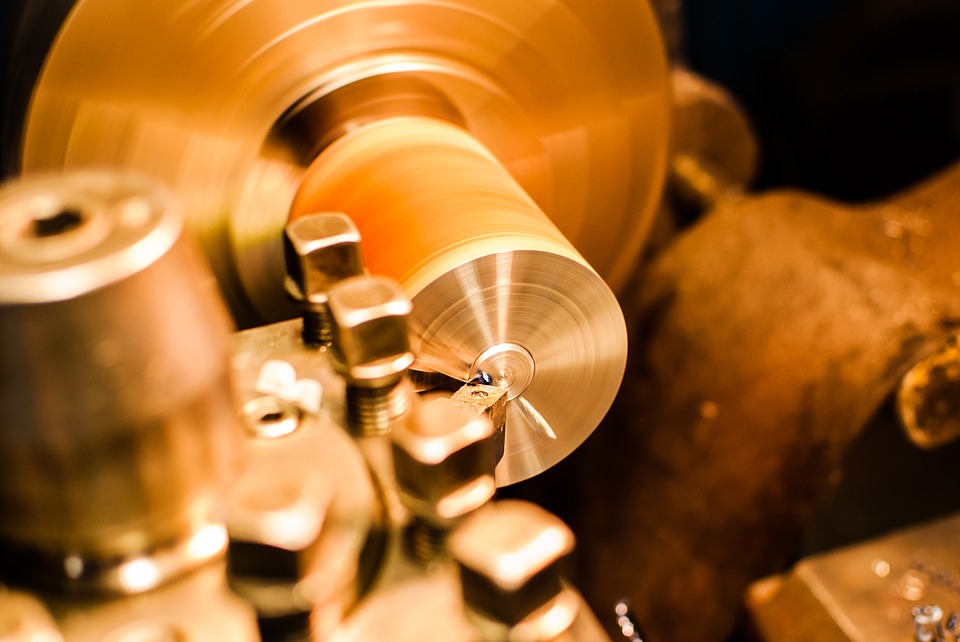Photo by Anamul Rezwan from Pexels
For the most part, CNC machines are durable, and they are mostly known as long-lasting equipment that you can rely upon because of their redundancy. However, despite their reliability, inadequate CNC machining services, the programming difficulty and some other parts included in the CNC machines can frequently lead to small but annoying problems from time to time.
Many of these problems are often accompanied by the fact that most common CNC machining issues are caused as a result of either user faults or inadequate maintenance.
Experienced users usually recognize the errors right away and know how to start resolving them. On the other hand, newer trainees and users who have recently replaced old machines with a new updated model might not detect the problems so fast and easily.
So, while you are asking yourself what the best thing to do in case of an issue with your CNC machining tools, whether you need to try and repair it yourself, rely on Google for a solution or even call the vendor of the machines and get adequate service immediately, we’ll provide the answers.
Therefore, in this article, we’ll address six of the most common problems that happen in CNC machining, and we’ll suggest proper ways how to treat and resolve such problems.
So, if you are currently experiencing an issue with your CNC machine set, keep reading below to find out the six most common CNC machining problems and their solutions.
Programming Errors
As a piece of highly sophisticated equipment managed by CNC computers, many of the problems that appear in CNC machining usually come from programming errors.
That may happen due to an absence of knowledge of the various G and M codes used to control it, incorrect set-up, or even entering inaccurate data in the CNC controller.
However, to solve these types of errors, new users need to be adequately trained for the various ways in which CNC machines are programmed.
Extensive user manuals and practice, motion order, and guide for the machine operating should always be given by the machine vendors and skilled operators at the store.
Use Of Incorrect Cutting Tools
Choosing the wrong cutting tools for a specific job might result in the inadequate material finish. This can mean harsh edges, cutting tool marks on the exterior, raised tracks, or even burn tracks on the material’s surface or edges.
In any case, the inadequate material finish can occur due to either dullness in the used tool or the wrong feed speed rate. It might also result from the wrong proportions of the tool used for the job in terms of the hand size, material characteristics, and dimension.
So, always remember to make the right choice when selecting the cutting tool for a particular job and material.
Photo by blickpixel from Pixabay
Inadequate Maintenance Of The Machine
Nowadays, advanced CNC machines have multiple continuously moving mechanical pieces that must be washed and maintained regularly to keep them operating correctly.
Thereby, failing to clear them adequately can result in dirt build-up, and eventually, over time, that can lead to mistakes in the machining or even machine breakdown.
To prevent this from happening, every machine operator must follow a comprehensive maintenance system for the machine tools used.
It is also a good idea to do a regular check on the level of cooling agents and flow of air in the machine to secure the flawless and continuous operation.
Problems With The Power Supply
Every now and then, the display of the CNC machine tools or any other part might not work due to power supply problems.
To repair this kind of problem, first, you need to be assured that the right voltage and power are used to enter the power supply. Then, you need to check if the output part is working correctly.
If the voltage reading is low or there is no power, you can try unplugging the wires while the power is off and then put back the power on and double-check the output part.
Another good idea is to look if the LED lights on the machine are working and check the fuses and see if any of them are blown.
A firm power supply is always required, and it is the base for problem-free operation with each CNC machine tool.
However, have in mind that if you do experience a problem with the power supply, it is widely recommended to let an expert do the check-up instead of you.

Overheating The Machine
Overheating the machine spindle can sometimes occur, and the CNC machine tool can reach over 150 degrees from within.
This can negatively impact the CNC machine’s overall functioning. To avoid this, make sure to do regular cleaning of all parts of the machine and release the device from unnecessary dirt or material chunks.
Additionally, you should avoid operating the machine for an extended duration of time on high RPM because this only contributes to the condition of overheating.
Machine Trembling
If your CNC machine trembles while it is doing its work, it can considerably decrease your tool’s lifetime, influence your CNC machine’s strength, or even weaken the quality of the machine operation.
Anyway, you can notice this by merely listening to the noise that the machine is generating, which can be very loud from time to time.
To begin resolving this problem, you will need to determine if the trembling is generated by the workpiece or by the machine’s tool.
Consequently, you can make adjustments in the RPM in the machining process so that the frequency of the process itself can not resonate with the frequency of the used material.
And for further notice, you should know when using the spindle of your machine center at speeds higher than 8000 RPM it is crucial to utilize balanced tool holders.

Final Words
There are a lot of problems to face when using CNC machinery. Still, it is our job to develop appropriate strategies to overcome these challenges without impacting work performance.
Nevertheless, we all know that prevention is better than curing, so several preventive measures must be taken to avoid damage during the machining process.
Therefore, by considering the factors mentioned above, you will have a clearer image of what kind of problems can occur and overcome them easily.



